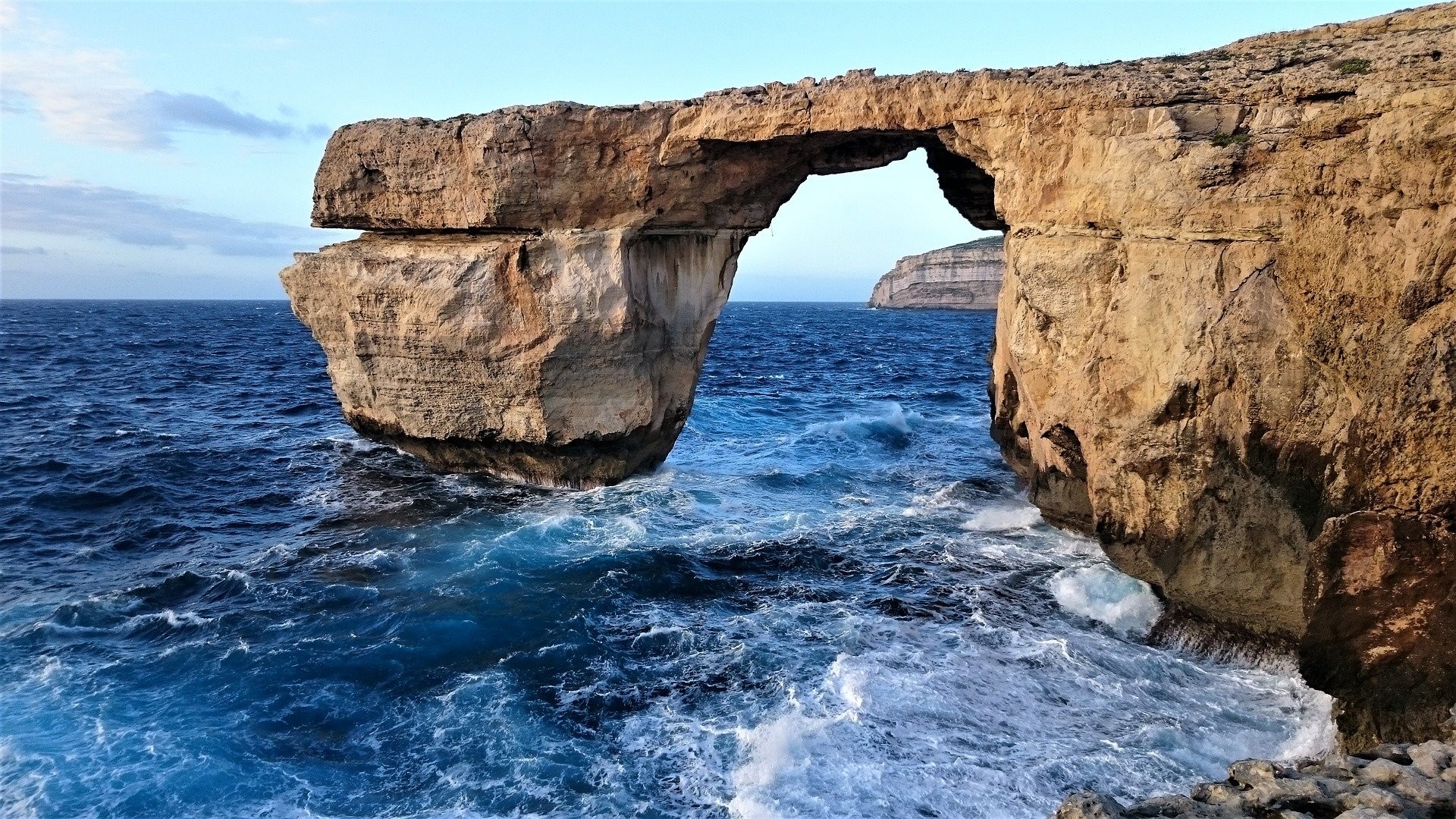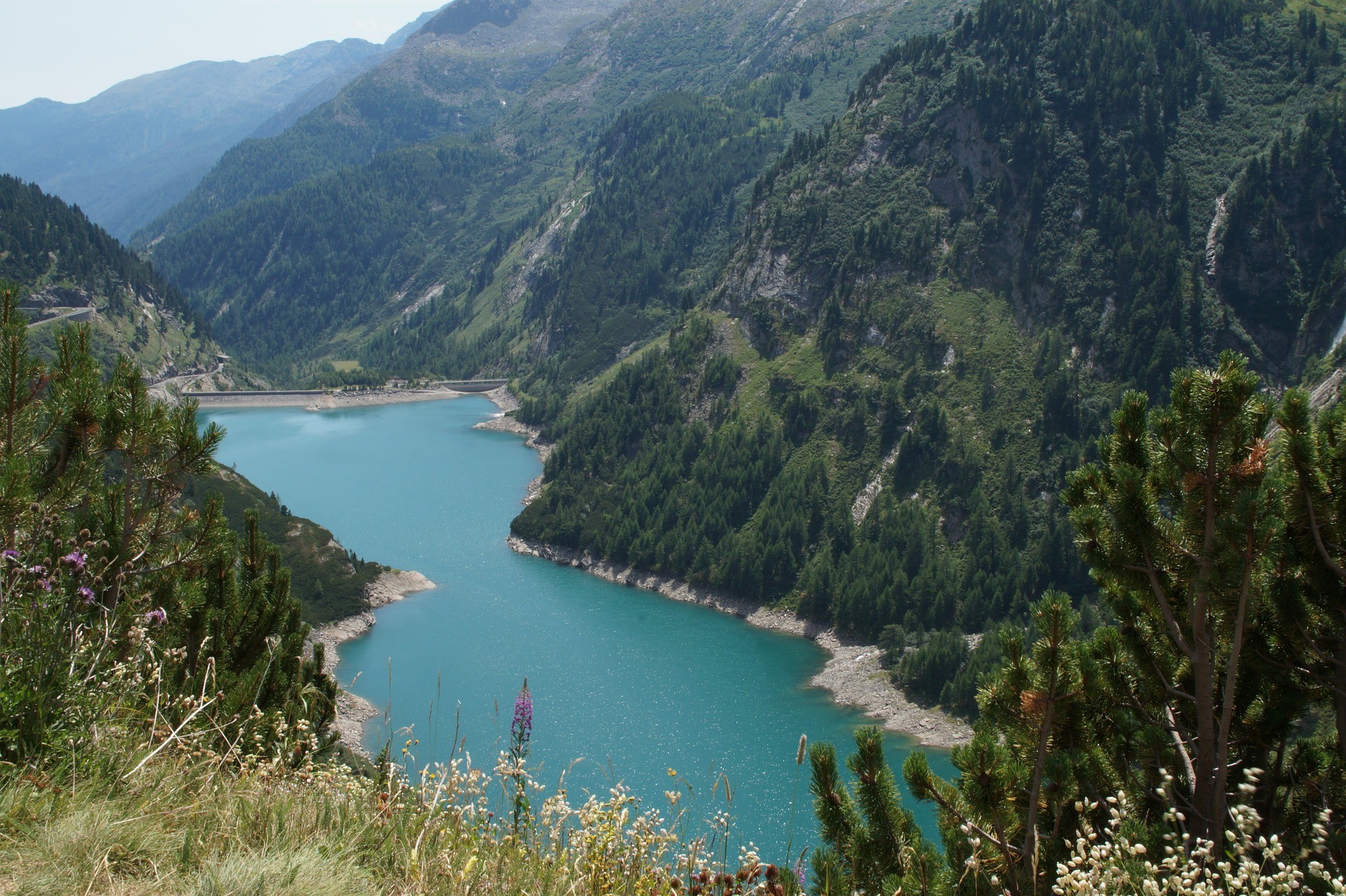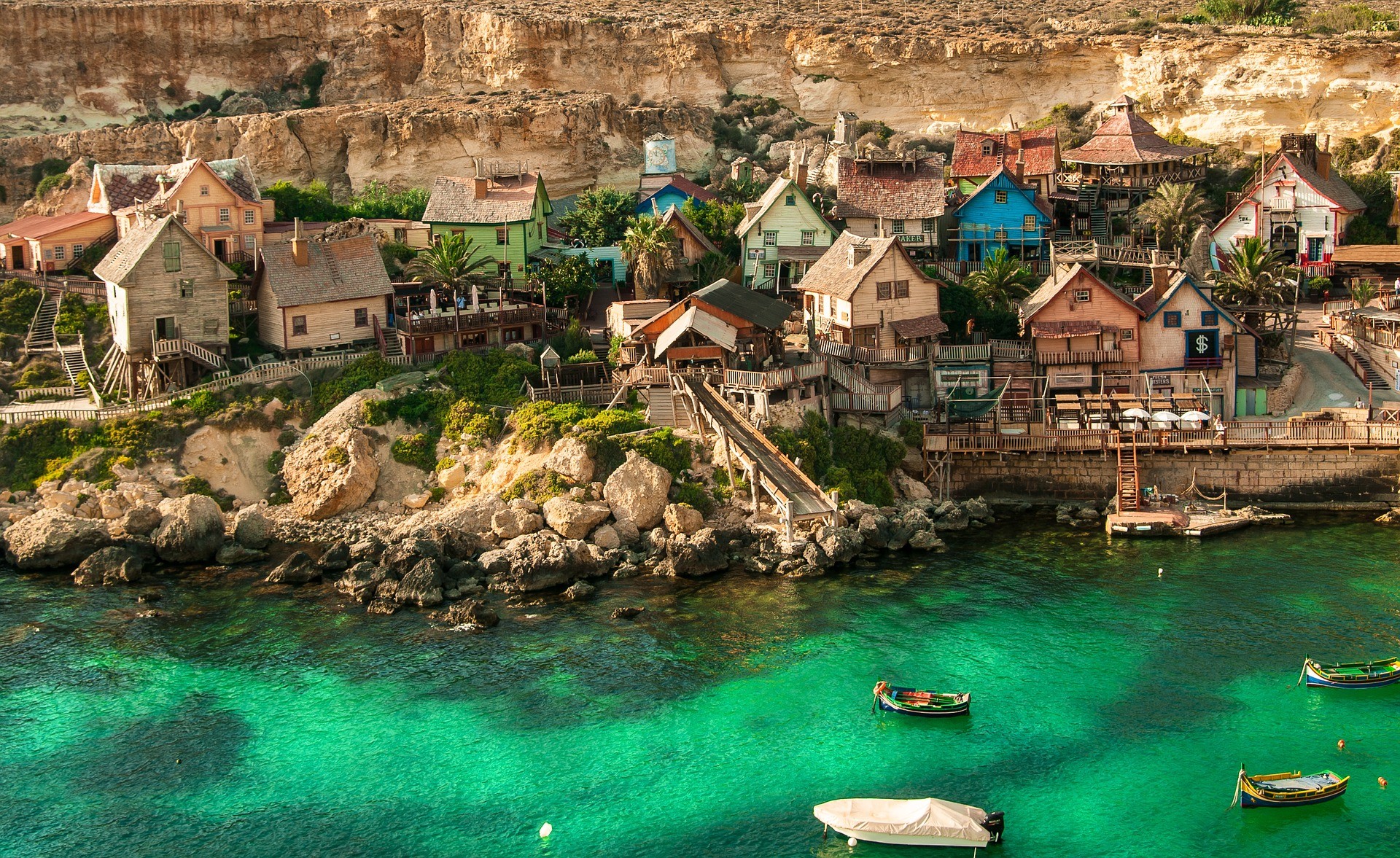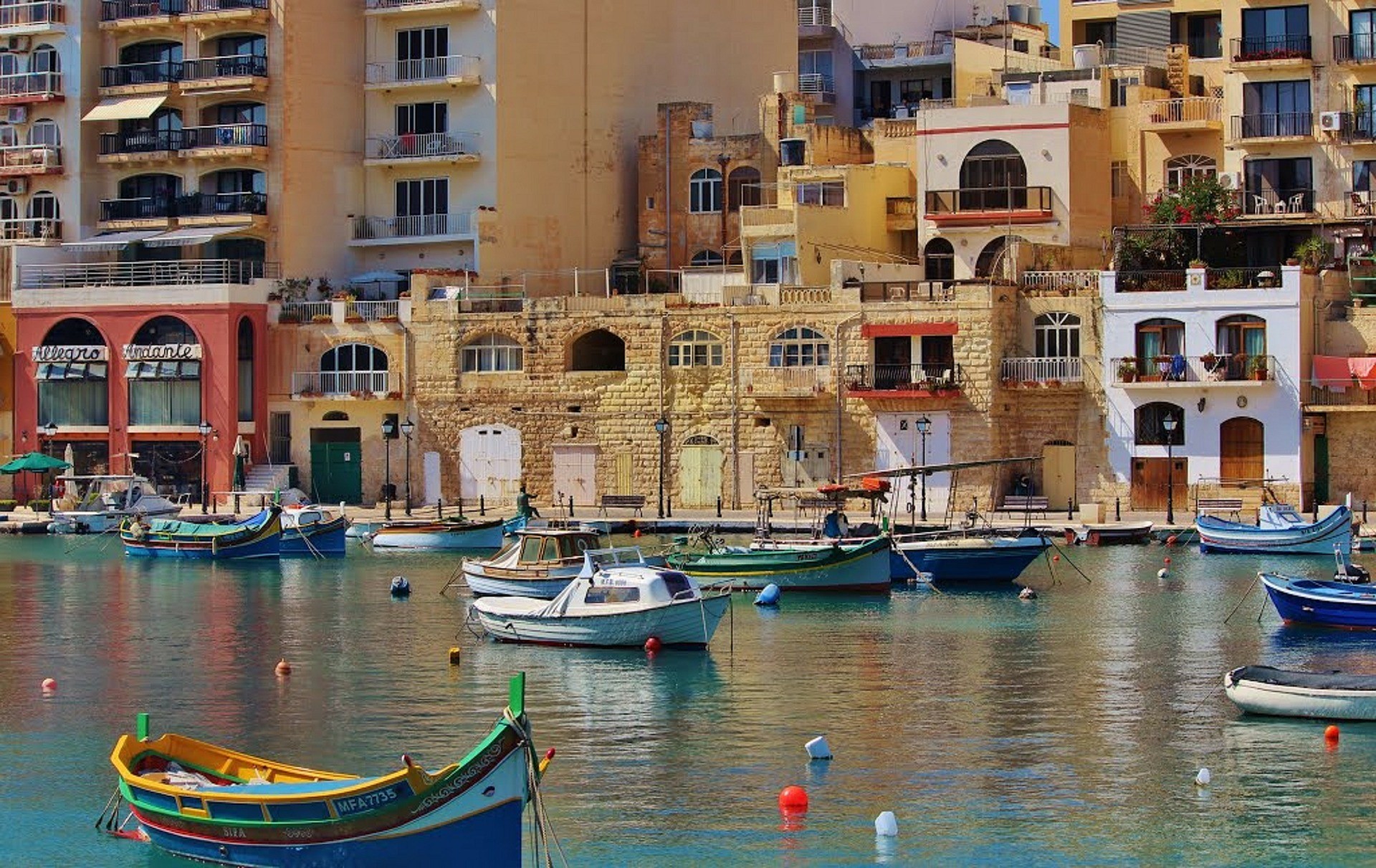Malta
Malta
Capital city description
Valletta is the capital city of Malta. It is located in the South Eastern Region of the main island. The city is the country's administrative and commercial center. It houses the National Parliament, the Law Courts, many Government Ministries and Departments, Administrative Offices, museums, and many shopping centers. The streets have a grid-like shape, so one could never really get lost while navigating through this open-air museum.
The city is noted for its fortifications, consisting of bastions, curtains, cavaliers, and the beauty of its Baroque palaces, gardens, and churches. Valletta houses many buildings from the 16th century, primarily baroque architecture built by the Knights of St. John. The city was officially recognized as a World Heritage Site by UNESCO in 1980.
Climate
Malta's climate is typically the Mediterranean. Winter is mild and wet, and temperatures only drop to around 15 - 17 °C from December to February. Summer is hot and dry, reaching 32 °C in July and August. Daytime temperatures in summer are often mitigated by cooling sea breezes.
Languages spoken
Maltese and English are the official languages in Malta. Maltese is the country's national language, while English is a co-official language spoken by almost 90% of the population. The use of English in Malta grew from the influence of British colonialism.
Fun/Fascinating Facts
- The entire city of Valletta in Malta is a UNESCO World Heritage Site. It is frequently and fondly described as an open-air museum, brimming with elaborate baroque palaces, imposing fortifications, and embellished building facades.
- Malta is a popular filming destination, awe-inspiring given its size. It’s been the filming location for everything from Captain Philips to Clash of the Titans.
- Malta is also home to some of the oldest free-standing structures of the world – the seven Megalithic Temples. It tells people who have lived on the island for around 5000BC.
- Malta is most well-known for its superb diving spots, historical architecture, dramatic cliffs, and stunning landscapes.
- People in the country drive on the left-hand side of the road.
Unique Customs/Traditions
- On a child’s first birthday, Maltese participate in a tradition known as il-quċċija; during this time, the child is encouraged to crawl or toddle towards a selection of objects and pick one. Each object symbolizes a potential future career. They usually include Rosary Beads to represent a religious calling, a hardboiled egg predicting the child will have a life of prosperity, a calculator for a financial career stethoscope for a career in medicine, and so on.
- In Malta, pregnant women must consume a little bit of whatever food they smell; otherwise, the baby will have a birthmark in the shape of that food.
- Maltese traditional houses and barns have a set of horns above the doorway to keep out bad luck. Another unusual tradition also dictates that it’s bad luck to sweep at night. Any dust swept from a house should be brushed into the middle of the road and outside the home. Then, a line of sea salt is placed across the threshold.
Maltese traditionally throw a piece of Saint Anthony’s bread, ħobz ta Sant Antnin, into the road to stop a downpour during the rainy season. Offering the same St Anthony money will help you quickly find any lost objects. Leftover bread should be kissed before placing it in the bin.
Popular universities
| Name | Description | |
|---|---|---|
| University of Malta | The University of Malta is a non-profit public higher education institution located in the medium town of Msida and founded in 1769. The university has fourteen faculties: Arts; Built Environment; Dental Surgery; Economics, Management & Accountancy; Education; Engineering; Health Sciences; Information & Communication Technology; Laws; Media & Knowledge Sciences; Medicine & Surgery; Science; Social Wellbeing and Theology. This institution also has a branch campus in Gozo. University of Malta (UM) offers courses and programs leading to officially recognized higher education degrees such as bachelor's degrees in several areas of study. | |
| Malta College of Arts, Science, and Technology | The Malta College of Arts, Science, and Technology is a vocational education and training institution in Malta. Established in 2001, MCAST offers 180 full-time and over 300 part-time vocational courses ranging from certificates to Master's degrees (MQF Level 1 to Level 7). The Malta National Commission has awarded Malta College of Arts, Science, and Technology self-accrediting status for Higher and Further Education. | |
| Institute of Tourism Studies Malta | The Institute of Tourism Studies Malta is a non-profit public higher education institution located in the medium town of Luqa. This institution also has a branch campus in Gozo. Institute of Tourism Studies Malta (ITS) offers courses and programs leading to officially recognized higher education degrees such as pre-bachelor degrees (i.e., certificates, diplomas, associate or foundation) bachelor degrees in several areas of study. | |
Festivals & Events
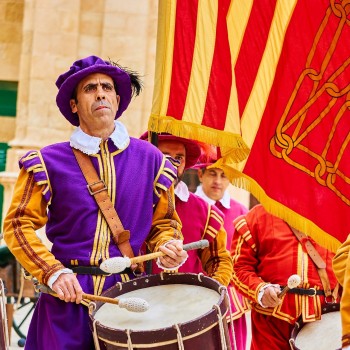
Carnival
Date: February and March
Carnival in Malta has been an important event for five centuries since its introduction on the islands by order of St John. It is celebrated in many towns and villages, especially Valletta, Floriana, and Nadur (Gozo).
During the week preceding Ash Wednesday, the Maltese have masked balls, masquerade competitions, wild late-night parties, marching bands, and parades of allegorical cars presided by King Carnival. The event finishes with a dazzling fireworks show in the main street of Floriana.
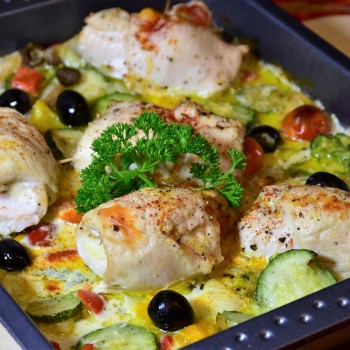
Mediterranian Food Festival
Date: March
Mediterranian Food Festival held by the Malta Tourism Authority is a booming Maltese food and drink extravaganza.
Local and foreign chefs serve you the best food the Mediterranean region offers during a four-day festival.

Malta International Fireworks Festival
Date: end of April
The Ministry organizes the annual Malta International Fireworks Festival for Tourism and the Malta Tourism Authority. Malta International Fireworks Festival is a spectacular event, which takes place at the end of April to honor Malta’s accession into the European Union on 1st May 2004, is held in Valletta’s Grand Harbour and other locations.
The festival includes fireworks displays designed by foreign pyrotechnic companies and some of the best local fireworks factories.
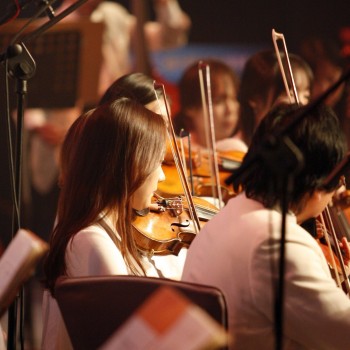
Malta International Arts Festival
Date: July
The Malta International Arts Festival includes various art forms, such as theatre, dance, music, and art.
It takes place at different locations in Valletta during July. Venues include the Mediterranean Conference Centre, the MITP Theatre, the Spazju Kreattiv at St. James Cavalier in Valletta, and others.
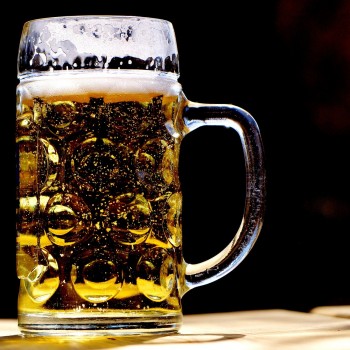
Farsons Great Beer Festival
Date: last week of July
The Farsons Great Beer Festival is one of Malta's biggest free outdoor festivals. It is sponsored by Farsons, a Maltese brand that sells the beer produced and imported.
The festival is suitable for the whole family in a famous environment with around 40 live bands performing on two stages, kids' Fantasyland, and a lot of Maltese food and drink.
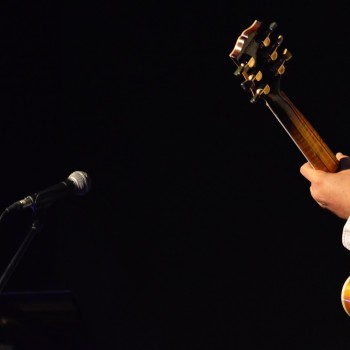
Malta International Jazz Festival
Date: July
Malta International Jazz Festival in Malta has been organized every year since 1990. Malta Jazz Festival is a celebration of the finest Jazz music, arranged in July every year.
Malta International Jazz Festival is a three-day festival that features some of the finest Maltese and international artists who present jazz and eclectic mix music to the audiences. It has featured some of the most famous musicians, such as Natalie Cole, John Scofield, and Roy Haynes.

Malta's Delicata Festival shows
Date: First week of August
Malta's Delicata Festival shows how the country celebrates the beginning of the wine harvest. It offers visitors a wide range of quality wines from Malta and Gozo in the beautiful setting of the Upper Barrakka Gardens, once again in the Grand Harbour of Valletta.
Another event within the festival is the annual wine regatta, which takes grapes from the waterfront's winery to the grape crushers in the Upper Barrakka Gardens. In the event, you can also purchase bottles of wine or try international and Maltese food while watching renowned artists perform live.
Attractions / Top Sights
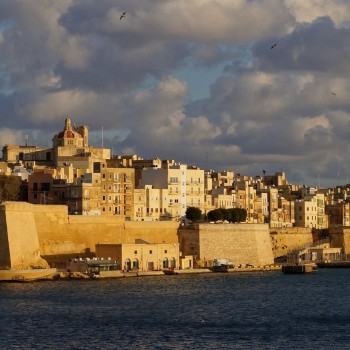
Valletta
When to visit: Between June and September
A strategically significant seaport, Valletta is the elegant capital of the Republic of Malta. Founded in 1565 by the order of St John as a refuge for soldiers returning from the Crusades, Valletta is now the capital of Malta and a piece of living history.
The city is Baroque, with Mannerist, Neo-Classical, and Modern architecture elements. The city is best-known for its fortifications, consisting of bastions, curtains, and cavaliers, along with the beauty of its Baroque palaces, gardens, and churches. The city was officially recognized as a World Heritage Site by UNESCO in 1980.
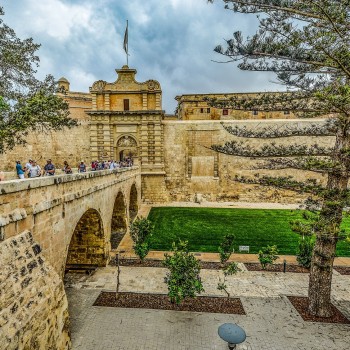
Mdina
When to visit: Between March and June
Mdina is an ancient walled city inhabited and perhaps first fortified by the Phoenicians around 700 BC. The old town is a fortified medieval town enclosed in bastions, located on a large hill in the center of Malta.
The city was the ancient capital of Malta, and with its narrow streets, few inhabitants, and beautiful views over the Island, it is truly a magical town. Mdina is the “Silent City” by Maltese and visitors alike. The peaceful town provides a relaxing atmosphere for visitors walking narrow streets and alleyways.
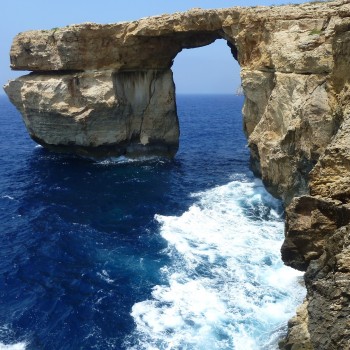
Island of Gozo
When to visit: Spring or Autumn
The Island of Gozo is the most picturesque destination of the Maltese Islands. Part of the Maltese archipelago, Gozo is the second-largest of the seven-island chain and basks in the Mediterranean off the coast of Sicily. The island offers dramatic orange-red sands and perfect snorkeling waters striking Ramla Bay.
The island also comes complete with historical sites, forts, and fantastic panoramas, as well as one of the archipelago’s best-preserved prehistoric temples, Ġgantija. With its quiet towns and pristine beaches, this tiny island is the perfect place to enjoy a relaxing vacation.
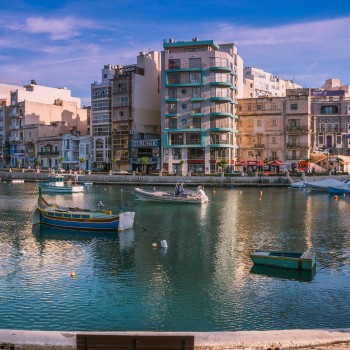
St. Julian's
When to visit: Between May and June
St. Julian's is situated right north of Valletta. St. Julian's is a hub for new and upscale hotels, many different kinds of restaurants, and trendy nightclubs, primarily centered in an area known as Paceville.
St. Julian's or San Giljan is especially famous for its thriving nightlife; however, it also offers family-friendly entertainment and touristic activity. For this reason, St. Julian's is renowned amongst both the locals and tourists alike, especially during the summer months, when visitors take advantage of the excellent weather to enjoy long walks on the seafront promenade.
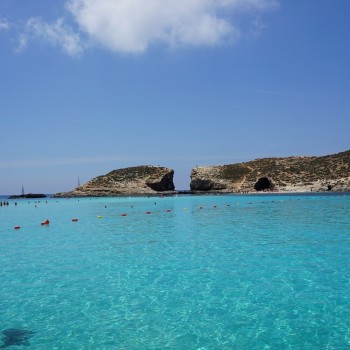
Blue Lagoon, Camino
When to visit: In summer
Located on the tiny island of Comino, which sits between the main islands of Malta and Gozo, the Blue Lagoon is a relaxing getaway. The Blue Lagoon is a fascinating scene of crystal-clear turquoise waters lapping over a white-sand seabed.
This vast lagoon gives the impression of being a giant swimming pool because the water is temperate, there are no waves, and the shallow end is safe enough for children. Sparkling turquoise waters and white sand make a lovely backdrop for sunbathing, swimming, snorkeling, and simply enjoying the beautiful views.
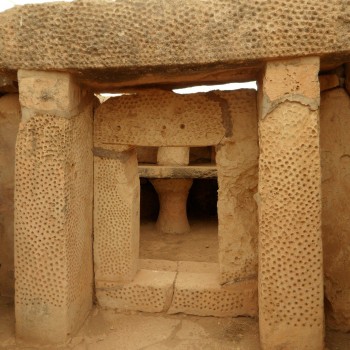
Hal Saflieni Hypogeum
When to visit: In spring and summer
The Hal Saflieni Hypogeum in Paola is the only prehistoric underground temple in the world. Designated on the UNESCO World Heritage List, Hal Saflieni Hypogeum was an underground cemetery during the Neolithic era. At this complex of catacombs, the prehistoric person performed religious burial rituals and consulted oracles. The temple consists of halls, chambers and passages carved out of rock.
The site is remarkable for its ancient structure and excellent preservation state, complete with beautiful carvings and paintings in red ochre.
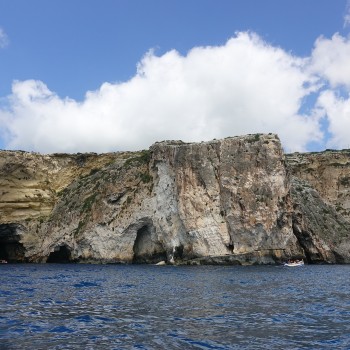
Blue Grotto
When to visit: In summer
Located on the southern coast of Malta, the stunning Blue Grotto refers to several sea caverns. The location of this fascinating natural grotto combines with sunlight and the surrounding chain of caves to reflect the radiant colors of the submerged flora and the deep dark shade of blue of the sea.
´The site is a top-rated tourist destination for its famous scuba diving destination because of its bountiful marine life, attracting more than a hundred thousand tourists per year.

Golden Bay
When to visit: In summer
Golden Bay in Northwest Malta is one of the island's most stunning beaches. It has a large beach, beautiful waters, and facilities, making it one of the most famous beaches in Mata. The vast shoreline with soft golden sands and pristine, calm waters are safe for swimming. The blue sea and the cliffs surrounding the bay provide excellent snorkeling.
This picturesque and well-maintained beach is next to a luxurious five-star hotel, the Radisson Blu Resort & Spa, Malta Golden Sands, with four restaurants, a swimming pool, and a fitness center. Many visitors spend the day here sunbathing while listening to the soothing sound of waves lapping against the shore.
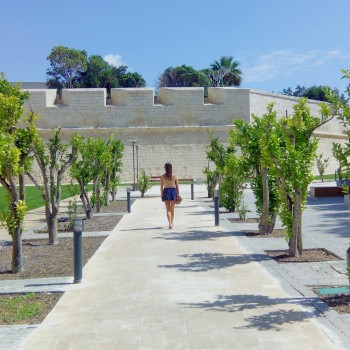
Rabat
When to visit: Between April, May and June
Located in the Northern Region of Malta, outside the Mdina ramparts, is the neighboring town of Rabat. One of the most amazing things to watch in this place is St. Paul's Grotto, a cave in the moat around the city where the saint supposedly resided after being shipwrecked. An underground passage guides to the Wignacourt Museum, which contains different artwork and antique furniture from this place.
One of the hidden gems in Rabat is the Casa Bernard, a grand 16th-century house that belonged to a noble Maltese family of French origins. The house is decorated with antique furniture, masterpieces of painting, and noteworthy objets d'art, and it is open for public tours.
















